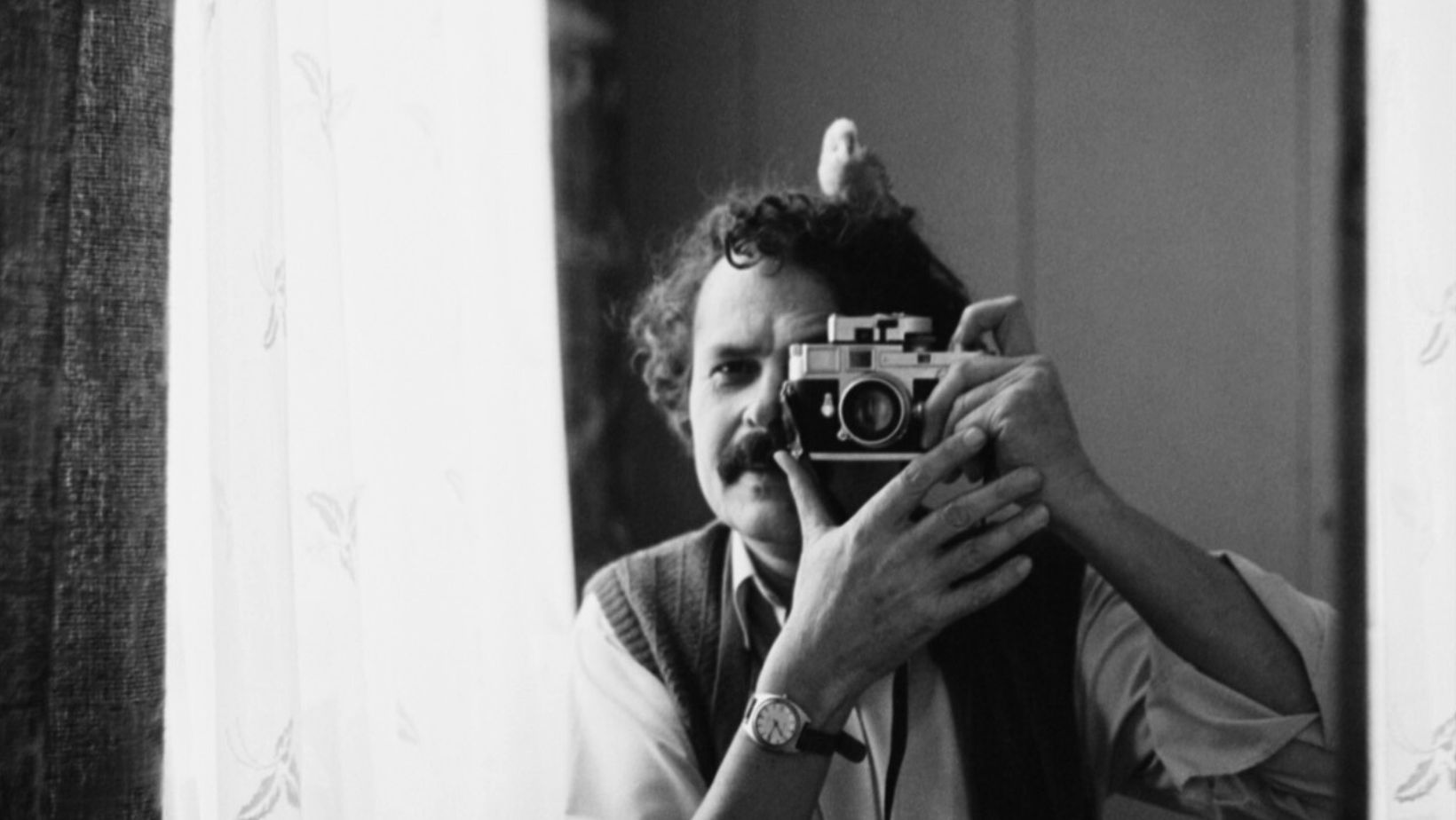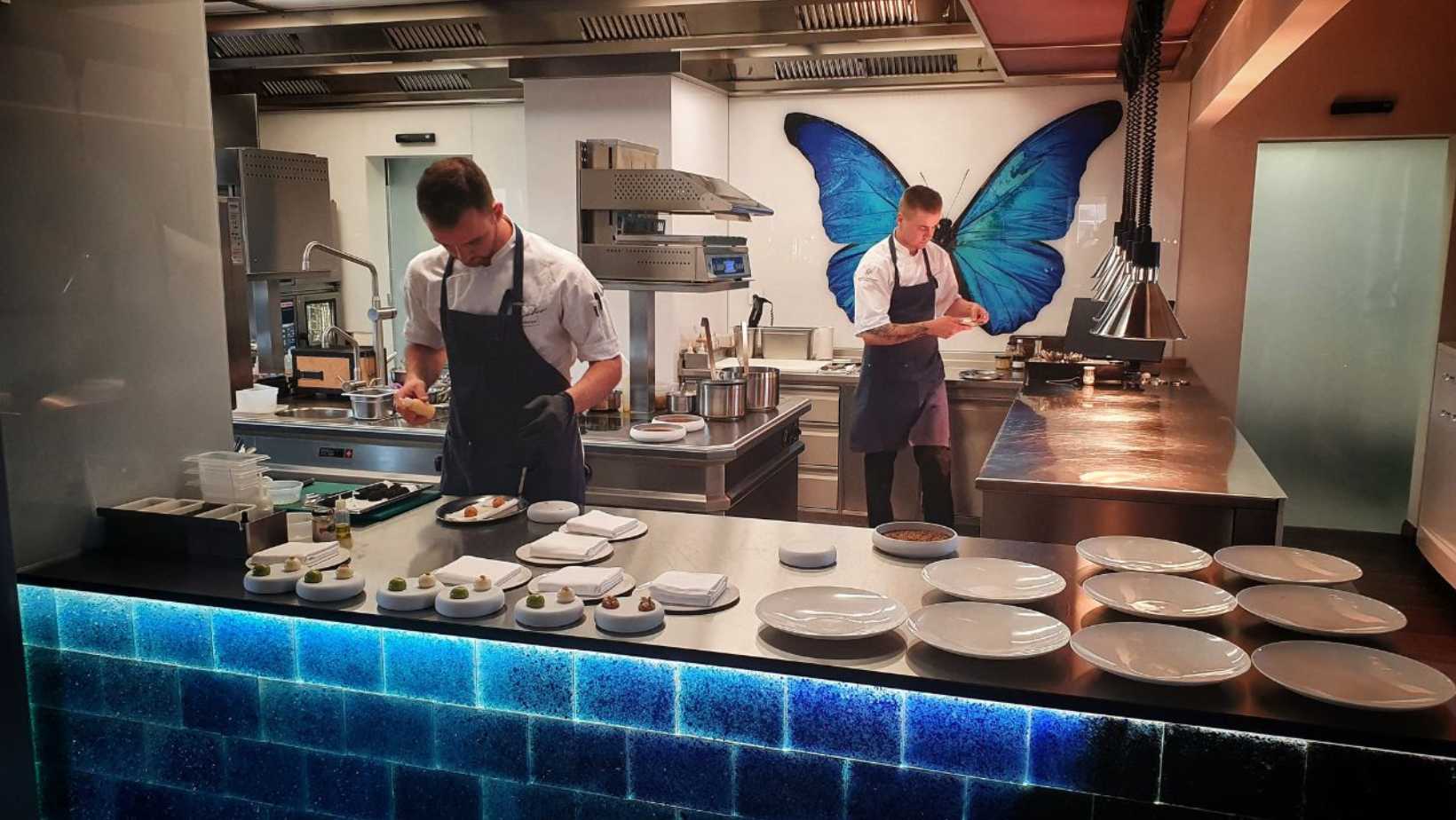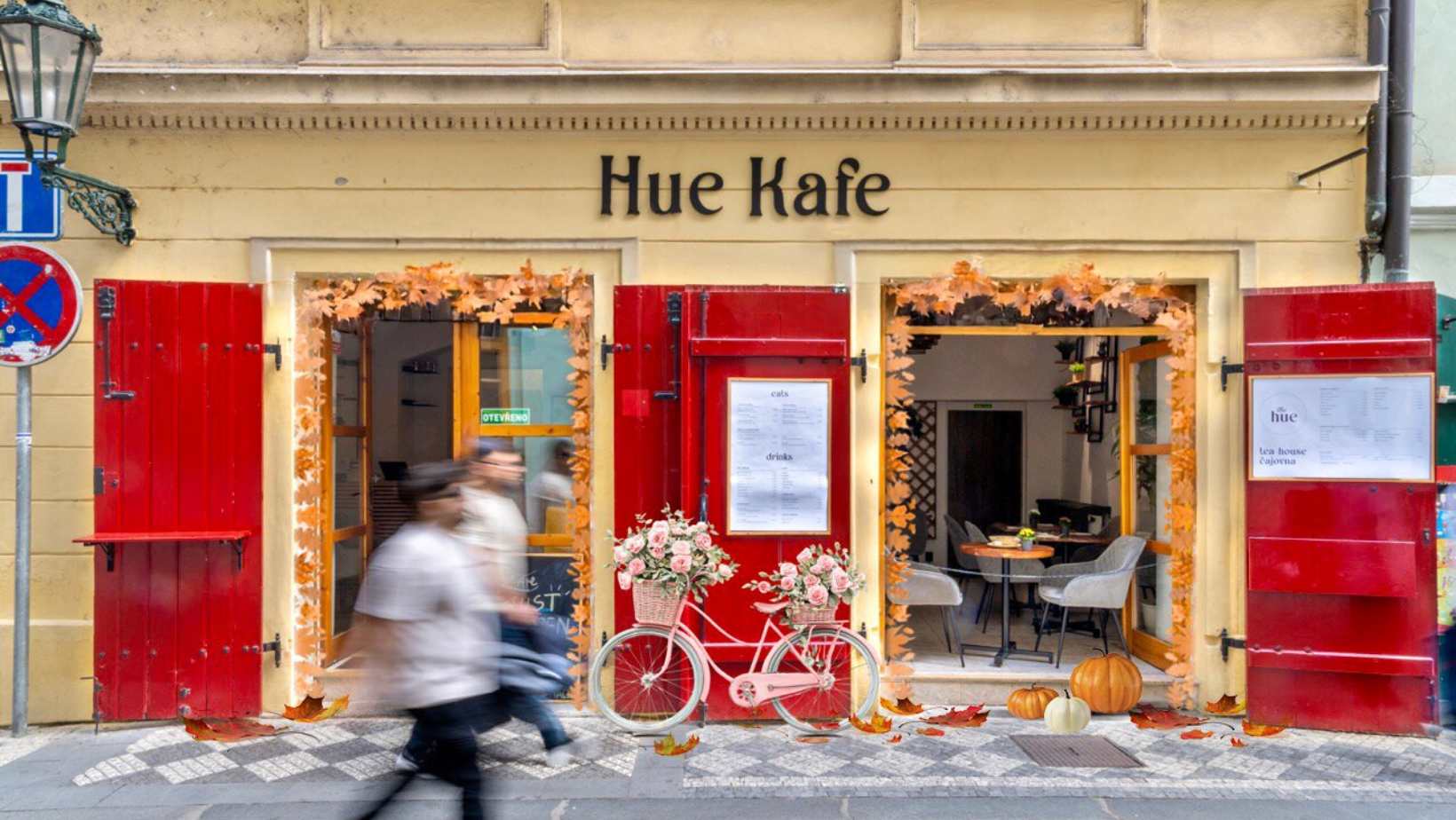by Eryn Taylor-Freeme – Anglo-American University
The exhibition “Well Hidden Photographs” at Leica Gallery includes never-before-seen photographs in an unassuming compilation of one of the best, but often overlooked, Czech humanitarian documentary photographers.
Aulehla captures scenes of everyday life spanning the 1950s-1980s, primarily in Krnov but also in Olomouc, Ostrava, Brno and Prague, that are shot with a purity that is lightly poetic- a refreshing change in a modern art world obsessed with saturated motifs.
He was born in Olomouc in 1931 to a housemaid who later gave him up for adoption. He apprenticed as a bricklayer before being hired by a construction company and later concluded his education at an industrial construction school in Brno. He took up photography as a hobby after he was gifted his first camera at 16 by his grandmother and only abandoned it in 1989 to move into his passion of design.
Aulehla was not the only documentary photographer to focus on daily life in the Communist era, as it was a popular topic for Czech and Slovak artists, including Jan Lukas, Erich Einhorn and Karol Kálay. Themes in photojournalism transitioned from the heroic content from the period of social realism to the calm of everyday activity styled in Italian film neorealism.
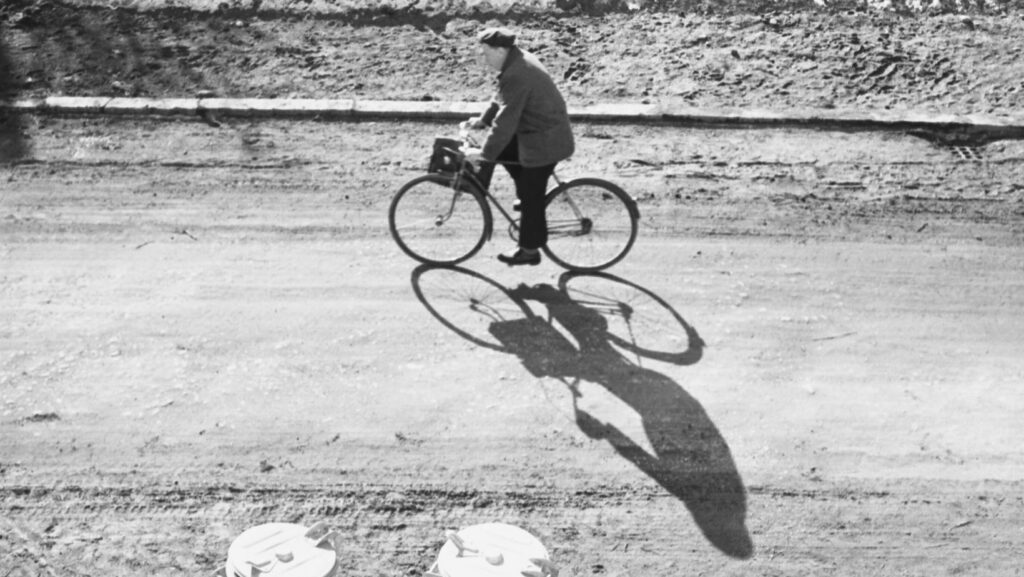
Where Aulehla differed was his unforeseen advantage as an amateur and through his photographic doctrine. His philosophy, influenced by photographer Henri Cartier-Bresson, was founded on truth and authenticity. He believed in never manipulating the plot of an image and keeping the final print entirely unedited to produce a raw, honest and unyielding narrative of his subject.
Aulehla insisted that he did not photograph to compete in exhibitions, to purposely create art or to gain social recognition but rather was driven by an internal necessity. Being granted access to that buried incentive gives the photos a simple but beautiful intimacy that returns to the roots of being the hidden observer.
The series of photographs on display are grouped into themes rather than time period. In fact, one decade is quite indistinguishable from the next which could indicate a stylistic regularity in Aulehla’s work but also perhaps reveals that where he lived and worked had no distinct advancements in camera technology between decades, unlike Western countries.
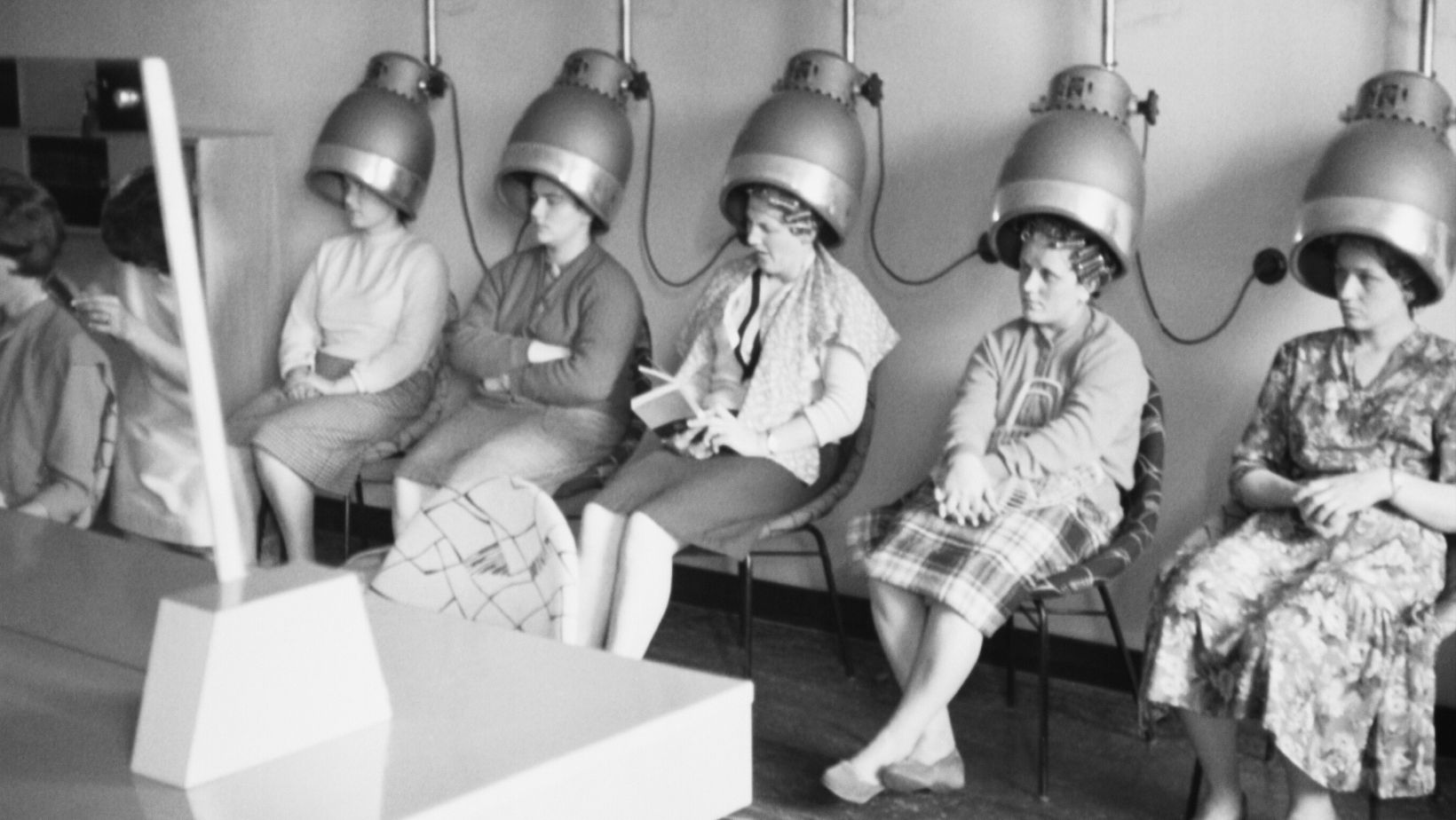
The only noticeable shift is in the 1960s where his subjects grow in underlying depth and draw comment on the sudden political shifts Czechoslovakia experienced. This is evident in “Woman with a radio during the August occupation” (1968).
Aulehla’s images appear either with a simple and satisfying compositional aesthetic or lightly carrying a deeper comment about humanity. The former is seen in “Woman with a window” (1968) with a woman “framed” by the window pane she is carrying; and the latter in “In front of a maternity ward” (1977) which captures a tradition in Moravian culture where babies are presented to the family through the window after birth. With such photos, the exhibition bears an honest and quietly joyous atmosphere with its simple diary of common human life.
The exhibit is sectioned into six groups. ‘Line of life’ tells the story of birth through to death and includes photographs of children, teenagers, couples and funerals. ‘He does that’ zooms into a period of life of work and occupation extending from blue collar workers to hairdressers. ‘Fauna’ moves the observer from city to country where Aulehla captures the relationship between man, animals and landscape. ‘Creed’ is steeped in religious undercurrents revealing moments of both conspicuous and inconspicuous conviction. ‘Circus’ contains thoughtful scenes between visitors
and performers in the chaos of activity.
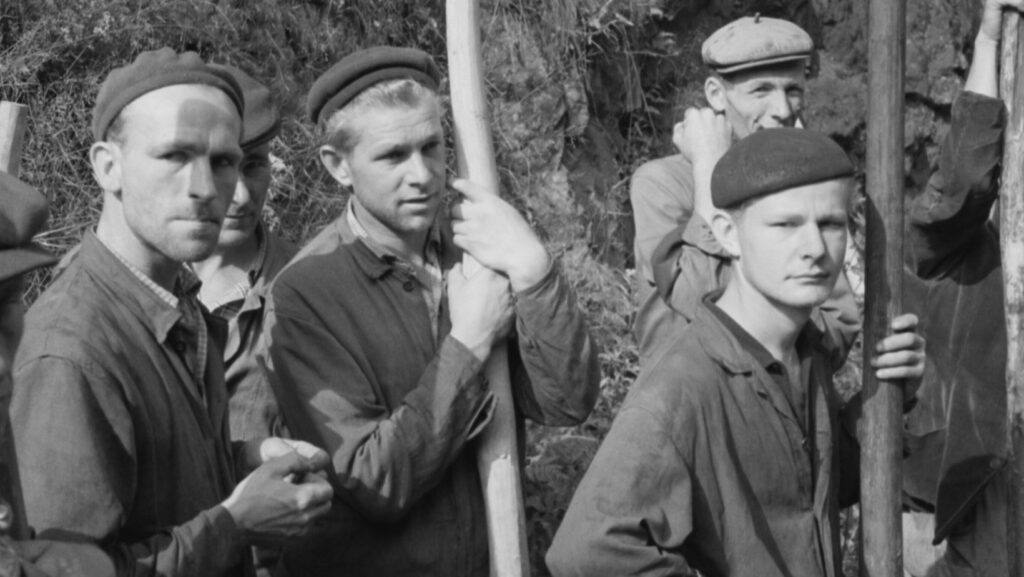
Finally, a miscellaneous series of ‘Moments’ in the streets, political decisions and a narrative of city and country life.
The exhibition features a select few from the roughly 80 thousand photographs Aulehla had in his portfolio. The images are composed naturally and uninterrupted as if Aulehla was never there.
Yet his work remains distinctive in his ability to capture an unvarnished, naked, simple truth while still achieving a compositional beauty all in one unmodified and untouched snapshot.
He died in December 2021 at the age of 90, just weeks before the opening of this exhibition. Gustav Aulehla’s exhibit “Well Hidden Photographs” is on display until March 12 th and the Leica Gallery is open from 11am to 6pm throughout the week.
-
NEWSLETTER
Subscribe for our daily news





